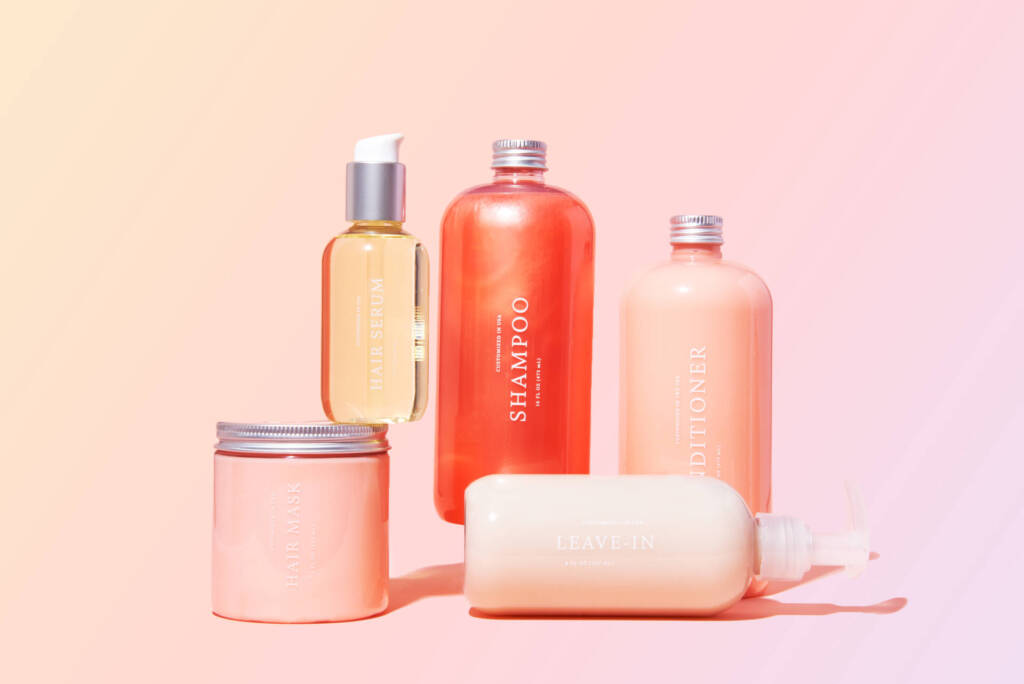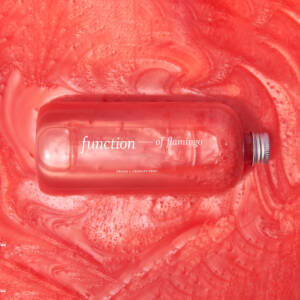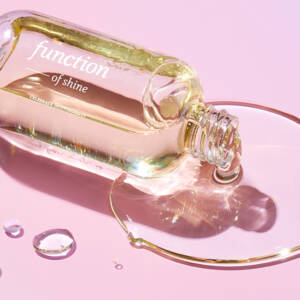Any curly-haired gal heading to their next hair appointment will likely feel a mix of emotions. Will you get the haircut of your dreams — a chic ‘do that shows off your curls in all their glory — or will you end up with bushy, frizzy-looking hair reminiscent of Hermione Granger? Unfortunately, many of us have had at least one experience with the latter.
That brings us to today’s topic: how to cut curly hair. As it turns out, most hairdressing schools specialize in straight hair types. In fact, only 19 states request for hairstylists to be specifically trained in natural hair. As such, the odds of getting a stylist who’s up to the task of cutting curly hair are ever so low, as many of us can personally attest to.
Does that mean you have to cut your hair by yourself? Not necessarily. It’s all about finding the right hairdresser who specializes in curl-cutting (aka a curl specialist) and having a haircare and styling routine that’s Curly Girl Method (CGM)-approved.*
How to Cut Curly Hair: Learn These Tips and Tricks
Cutting curls need not be a disappointing, much less traumatizing, experience. Follow these tips and tricks to make the most of your curly haircut.
1. Cutting Works Best on Dry Hair
Cutting curly hair is an entirely different ballgame than snipping away straight strands. For one thing, it’s best to cut your curls when they are dry as opposed to wet.
The reason behind this is that curly hair types experience lots of shrinkages, particularly for types 3b and 3c who have tighter curl patterns. Wetting your hair shortens its length and runs the risk of chopping it off too short.
Whether you’re cutting your hair in a salon or at home, show up with your ‘do dry and in its natural state. If you need to detangle to minimize the risk of breakage, dampen your locks and go through your wet hair with a detangling brush or wide-tooth comb. Next, towel it until it’s mostly dry before finishing up with a blow-dryer.
On the day of your curly haircut, here’s what you need to do (and not do):
- Do apply your usual hair products. This can be anything from a leave-in conditioner to hair serum. Remember, you want to present to your stylist how your waves and ringlets normally look on any given day. They can then take it from there to bring out the best in your curls.
- Don’t do anything that will alter your natural curl pattern. This includes no-heat hairstyles like buns, ponytails, braids, and twist-outs. You should also avoid perming or straightening your hair. On top of that, skip the hair accessories such as barrettes, bobby pins, and scrunchies. Even though they look cute, they tend to leave behind indentations on your coils.
If you’ve recently washed your hair, it’s best to have your hair cut about 2-3 days after wash day. This way, your stylist can approach your curls in their natural texture, giving you the best chance of bringing your dream haircut to life.
2. Do Your Homework to Find the Right Stylist
Sometimes, going to the salon to get your curls cut can feel like playing a game of chance. Will you meet a stylist who’s experienced in textured hair? Or will you be stuck with a generalist who has never had a curly-haired customer before?
Here’s what you need to know: curly hair specialists exist. Like their job title suggests, these professionals are trained to handle curls, coils, and kinks, from cutting to styling. But curl specialists aren’t a dime a dozen. And having said credentials doesn’t necessarily mean they have the experience to back them up. This means you have to do your homework before you make an appointment.
Of course, you can go with word-of-mouth referrals from those with the same hair type as you. Another tried-and-tested method is to ask the stylist about their cutting techniques and client portfolio during your initial consultation. BTW, any curl specialist worth their salt would agree to a consultation to get to know more about what your curl type needs. Because as we all know, everyone’s hair is created differently.
It’s also best to stick to the same stylist every time you want a trim or cut. After all, changing up your hairstylists runs the risk of the new person not knowing your unique needs. If you’re satisfied with the results the first time around, schedule regular trims with the same stylist. It’s also one way to keep split ends at bay and your cuticles healthy for minimal hair damage.
3. Do It Yourself (DIY) At Home
Perhaps you’ve been scared off by a bad haircut one time too many. Or maybe the nearest curl specialist is hours away or costs an arm and a leg. Whichever the case may be, you decide to go your way with DIY haircuts at home.
So, how do you cut curly hair yourself? For dry cutting, you’ll need to arm yourself with the basic tools:
- A pair of shears made for cutting hair
- Hair clips to pin up different sections of hair
Need some guidance on cutting your own hair? Try this step-by-step tutorial. Also, keep these other tips in mind before taking the scissors to your tresses:
- Don’t tug on your curls too much to avoid stretching them out. Rather, hold the strands with some give along the length to make sure you aren’t cutting your hair too short.
- Don’t immediately lop off too much hair. Instead, try snipping off small sections and removing more until you’ve reached your desired length.
- Fluff out your hair from time to time. This will give you the full picture of your natural shape and see if you’re on the right track with your haircut.
What to Do in Between Your Cuts
As much as the actual haircut matters, you shouldn’t skimp out on the aftercare routine either. A haircare and styling ritual specifically designed for curly hair is the foundation for less frizz, flyaways, split ends, and breakage. This way, you can go longer in between your trims.
Whether you have 3a, 3b, or 3c hair, here’s what you need to do:
- Focus on hydrating hair formulations: Hydration is your bestie to tame the frizz and flyaways while keeping dryness and split ends away. At Function of Beauty, we’ve created several hair goals such as “moisturize,” “fix split ends,” and “anti-frizz” to target common complaints of curly hair types.
- Co-wash and low-poo over regular shampoo: Because curly hair tends to be dry, sulfate-based formulas may worsen already dehydrated strands. If that sounds like you, try co-washes and sulfate-free shampoos that are more hydrating for your curl type.
- Deep condition every week: Aside from choosing the right hair products, weekly deep-conditioning gives your swirls an extra boost of nourishment and hydration to promote the appearance of healthy-looking hair.
- Use a heat protectant: Just like any hair type, curly-haired folks need to use a heat protectant before heat styling. Our custom hair serum is proven to thermally protect hair from damage up to 400 degrees, with less frizz and more shine.
How to Cut Curly Hair: Mystery Solved
And there you have it — how to cut curly hair and get the ‘do you’re looking for.
Remember, dry cutting works best for curly hair. If you’re headed to a salon, make sure the hairdresser has what it takes to create the curly hairstyle you desire. For those cutting their own curls at home, set yourself up for success with the right tools. Also, go slow and steady to avoid chopping off too much length in one go.
Last but not least, what you do in between your haircuts is just as important. Tailor your routine to the CGM for washing, conditioning, and styling to put your best curls forward. Looking for products that would work well with your curly hair? Try Function of Beauty’s haircare range for 100% custom-made formulations with our hair quiz.
Function of Beauty is not associated with Lorraine Massey, the Curly Girl Method (“CGM”), or Curly Girl: The Handbook. Reference to the Curly Girl Method provided is for informational purposes only and is accurate to the best of our knowledge, however, it is not guaranteed. Product formulas can change at any time.





